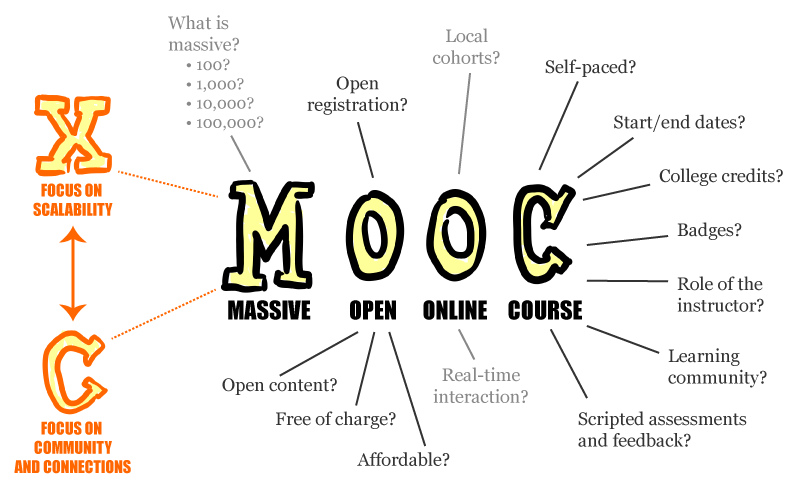In #rhizo14 this week, the question is how to you enforce independence in learning?
Of course, this is a paradoxical question – can you really force people to take control of and responsibility for their own learning?
This leads me back to a debate I’ve had with myself over and over again in the last few years that I’ve become a believer in peer learning. I can support, beg, cajole, and encourage self-directed learning, but in many (most?) cases, this doesn’t make it happen. Maybe I’m just not a very inspiring peer learning leader. But in probing on this question over and over again, I have come to believe that the majority of folks in my main audience (mainstream K-12 teachers) don’t have the desire or the willingness to self direct their own professional learning. (The reasons for this are many, but that’s another post.)
So, as someone who really believes in peer learning, that leaves me with a few choices. First, I could simply be happy learning in community with the smaller opt-in group that wants to learn in this way. Second, I could keep embracing peer learning and try to convert more mainstream teachers (and likely be frustrated when they vanish). A third option I’ve started to experiment with is a hybrid sort of model that uses some peer learning oriented approaches, but also includes enough more mainstream teaching and learning methods to keep more folks engaged.
Frankly, I don’t like any of these options.
The first is probably the best option, but it is really preaching to the choir and doesn’t move the needle much. Selfishly, though, it may serve my own learning the best, and certainly isn’t frustrating, as the other two options are. The third option attracts and maintains a bigger audience, but does it move things along? Can those who don’t want to direct their own learning be moved along by being a part of a community and seeing others model the behaviour?
Sometimes, it all seems like too big a challenge for me.








